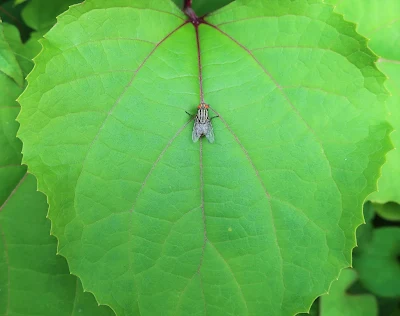Japanese follows English. 英語の後に日本語が続きます。
Do you know something cute but GROSS? This is a gall of ceratovacuna nekoashi on styrax japonicus or Japanese snowbell. A gall is an abnormal, localized outgrowth or swelling of plant tissue caused by infection from bacteria, fungi, viruses, and nematodes or irritation by insects and mites (
Britannica). And galls on Japanese snowbell trees are caused by APHIDS, meaning these green things which look like some fruits or flower buds contain many many aphids😱! I didn't know that, so I almost touched the galls!
Galls on Japanese snowbell trees are called "Cat paws on Japanese snowbell" and I see why. The galls look like cat paws, but the name, which doesn't mention the important fact that they aren't cat paws or flowers but contain bugs😂, bothers me...
 |
| A gall on Japanese snowbell エゴノネコアシ |





















